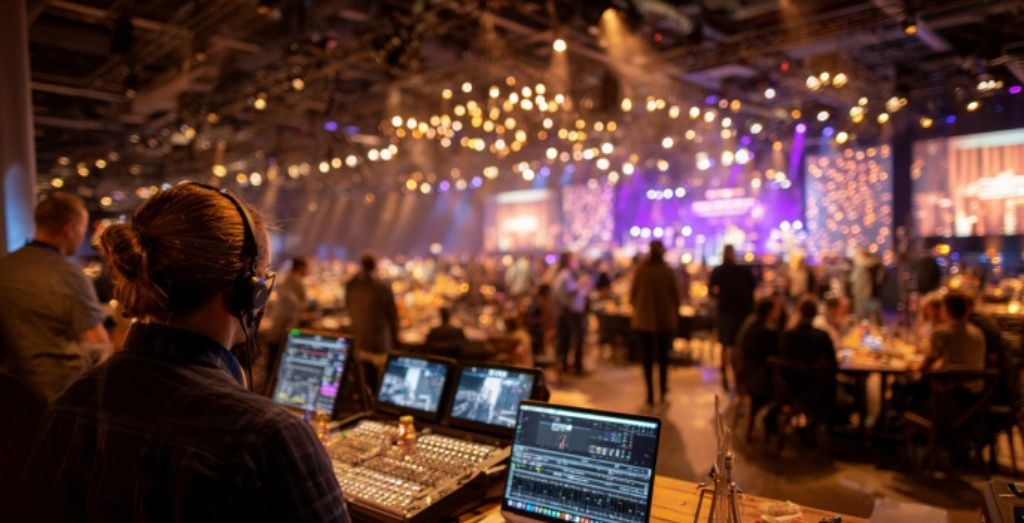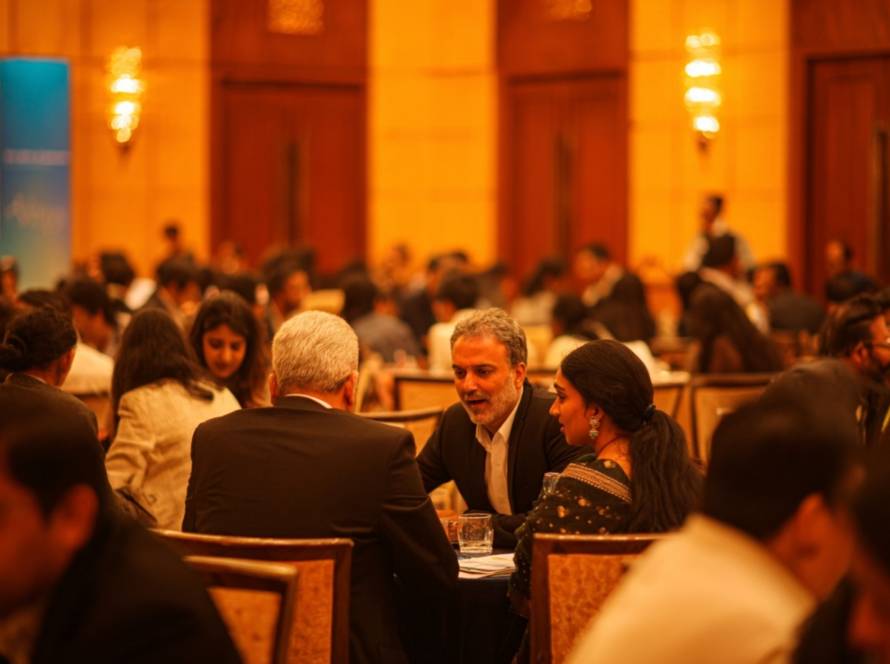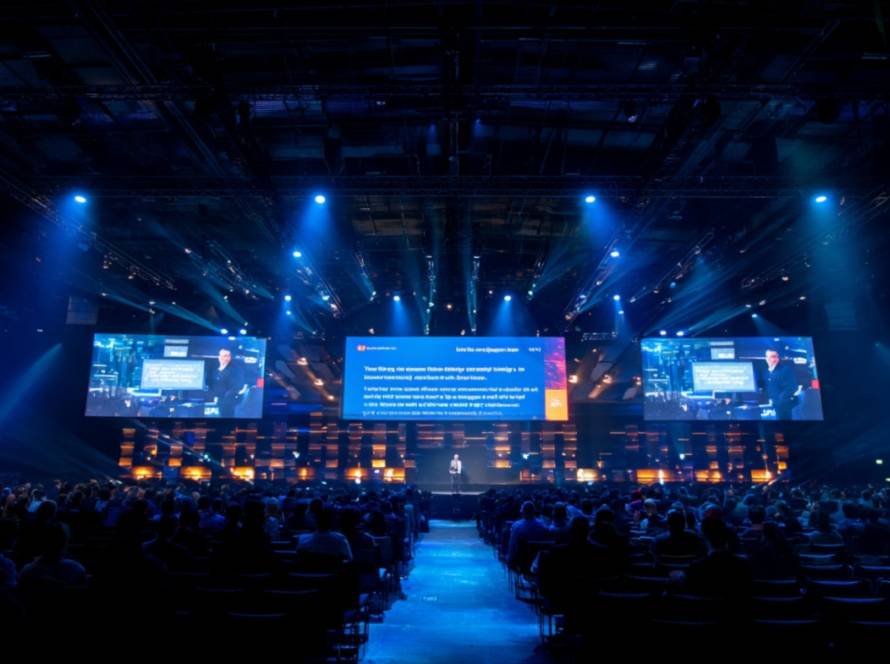Every great event is a result of thoughtful planning and disciplined execution. But the real magic lies in the workflow — the bridge between vision and delivery.
A strong event workflow doesn’t just organize tasks. It creates clarity, aligns teams, and keeps momentum steady from day one to showtime.
It all starts with defining the goal. Before vendor calls and venue tours, you need one clear answer: What is this event trying to achieve? Whether it’s lead generation, brand awareness, or internal alignment, your workflow should orbit around that north star.
Once goals are clear, timelines take shape. Reverse planning — starting from the event date and working backwards — helps you identify critical deadlines and avoid last-minute chaos. Each milestone becomes a checkpoint, not a panic point.
Team structure is equally important. Roles should be clearly defined — who handles venue logistics, who manages speaker outreach, who oversees sponsor coordination. A solid workflow removes ambiguity, ensuring no task falls through the cracks.
The smoother the workflow, the less the audience sees the effort — and that’s the highest compliment.
Tech plays a quiet but powerful role. Using project management tools, collaborative calendars, and shared documents makes coordination seamless, especially when teams span locations or departments.
As the event nears, workflows should tighten. Rehearsals, run-throughs, and contingency planning become central. It’s not just about knowing what happens — it’s about being prepared if things don’t.

Post-event, the workflow doesn’t stop. Wrap-ups, feedback collection, and reporting complete the cycle. This final phase is often overlooked, but it holds the richest insights — what worked, what didn’t, and what should evolve for the next time.
An end-to-end workflow is more than a checklist. It’s the architecture of a successful event — quiet, invisible, but absolutely essential.




